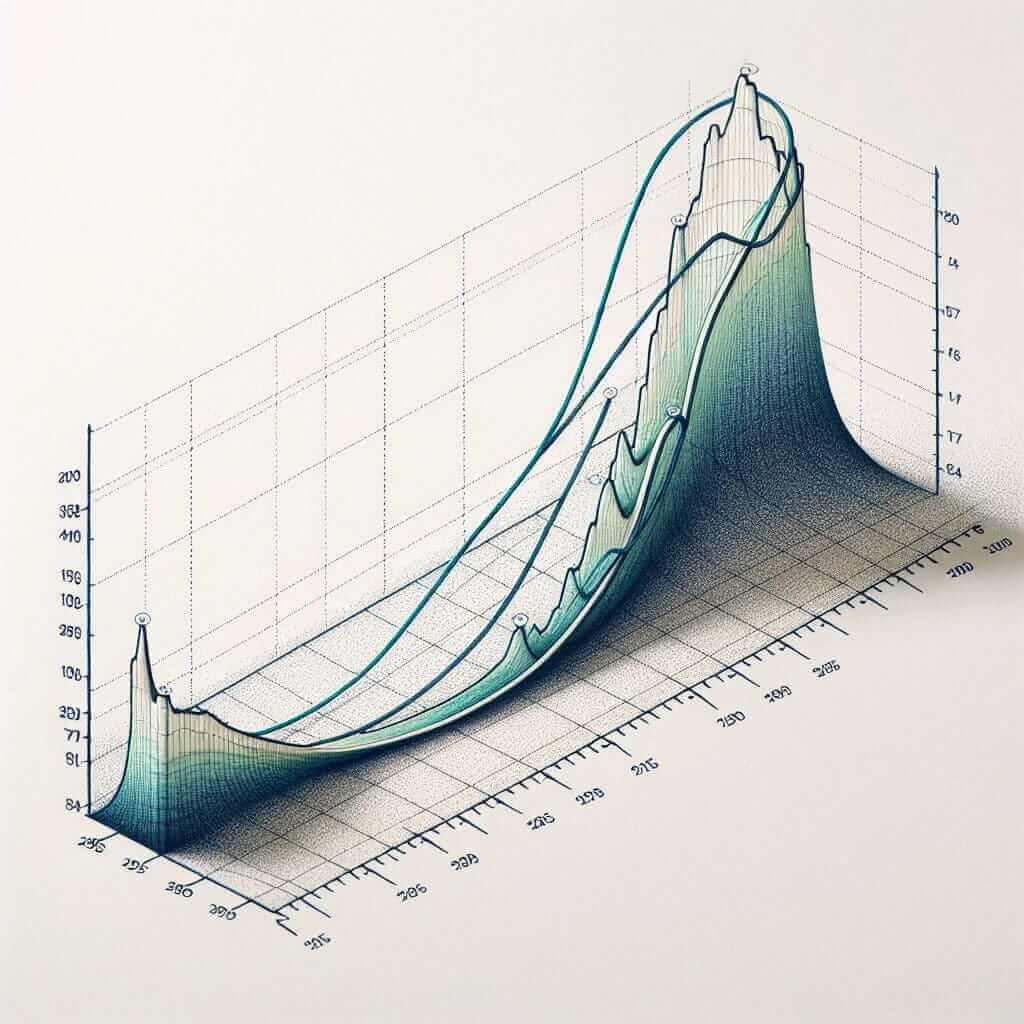As an IELTS instructor with over 20 years of experience, I often encounter students who are unsure about the format of the IELTS Writing test, particularly Task 1. A common question I hear is, “Does IELTS Writing Task 1 use stimulus material?” Understanding this is crucial for effective test preparation.
Understanding IELTS Writing Task 1
The IELTS Writing test has two tasks, both requiring different approaches and skills. While Task 2 presents an essay question, Task 1 focuses on your ability to describe visual information. This information is presented as “stimulus material” and forms the basis of your writing task.
Stimulus Material: The Heart of Task 1
In simple terms, yes, IELTS Writing Task 1 always uses stimulus material. This material can take various forms, including:
- Graphs: Line graphs, bar graphs, pie charts
- Charts: Flow charts, process diagrams
- Maps: Showing changes over time or comparing different locations
- Tables: Presenting data in rows and columns
Your task is to analyze this visual information and present it in a well-organized, accurate, and easy-to-understand manner.

Example from IELTS Writing Task 1
Let’s consider an example. You might be presented with a line graph showing the population growth of a particular city over a period of time. Your task would be to describe the trends shown in the graph, highlighting key features like periods of rapid growth, stagnation, or decline.
Tips for Handling Stimulus Material
Here are some tips to help you effectively tackle the stimulus material in IELTS Writing Task 1:
- Analyze carefully: Spend a few minutes understanding the type of visual information presented and its key features. What is the main trend? Are there any significant details?
- Paraphrase: Use your own words to describe the data, avoiding simply copying words from the question prompt.
- Organize logically: Structure your response in a clear and logical way, using paragraphs to separate different aspects of your description.
- Be accurate: Ensure your description is an accurate representation of the data presented in the stimulus material.
- Manage your time: Remember you have limited time, so allocate it wisely between analyzing the material and writing your response.
Conclusion
Mastering the art of analyzing and describing stimulus material is essential for success in IELTS Writing Task 1. By understanding the various forms this material can take and employing effective strategies, you can confidently approach this section of the IELTS Writing test. Remember, practice is key! Familiarize yourself with different types of stimulus materials and practice writing responses regularly to build your confidence and improve your skills.